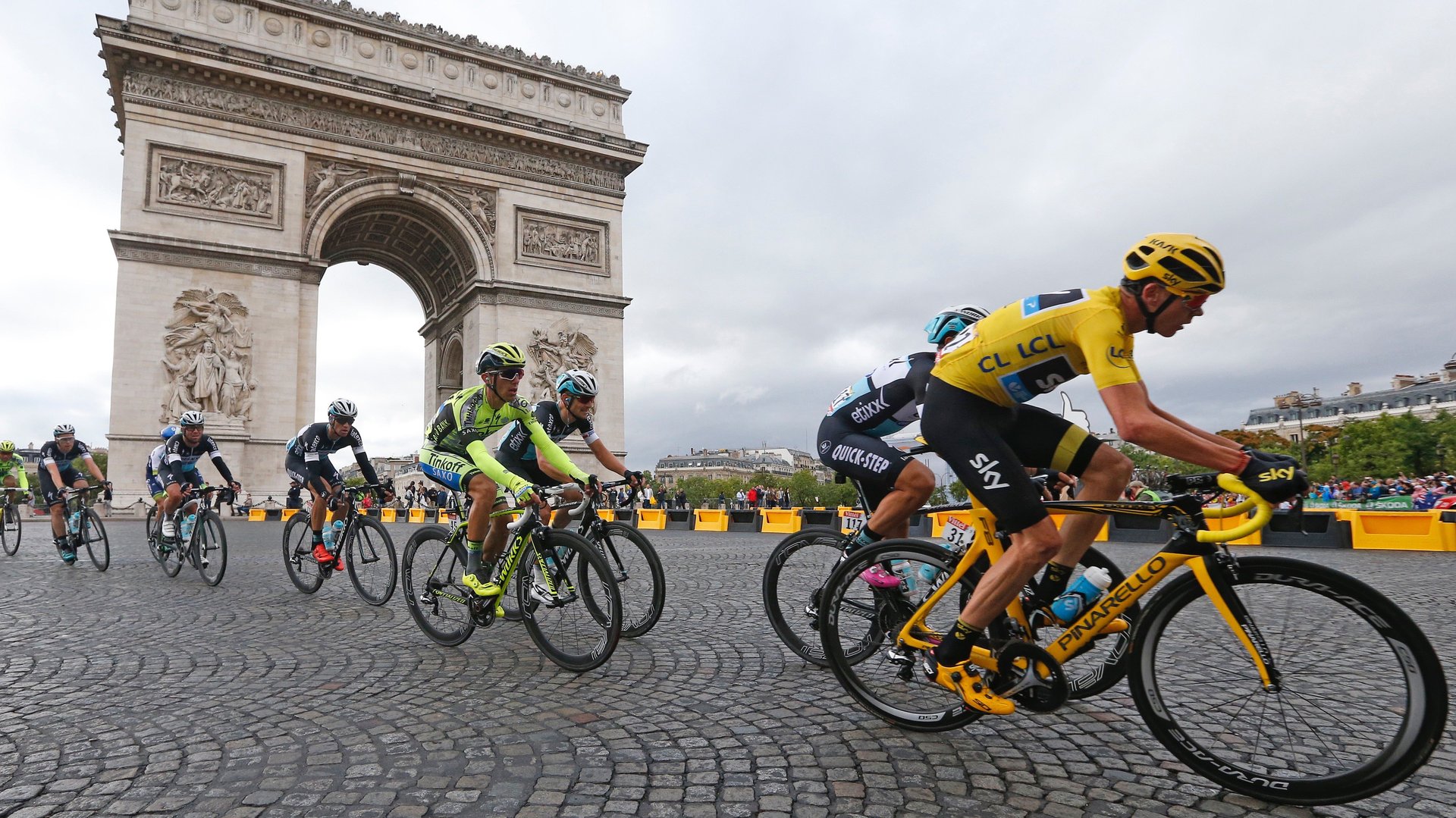Thermal imaging cameras will be used to detect mechanical doping at Tour De France
There is no room for hidden motors at this year’s annual bike race in France.


There is no room for hidden motors at this year’s annual bike race in France.
When the 103th Tour De France race begins in Normandy on July 2, all bikes will undergo thermal screening, the International Cycling Union (UCI) said in a press release. UCI authorities expect to conduct up to 4,000 tests by fitting thermal imaging cameras on the roadside or on motorbikes that will follow the race route.
All bikes will also be checked at the start and end of the race with magnetic wave scanning technology deployed by the UCI since the start of 2016. The scanner creates a magnetic field which allows detection of any motor, magnet or solid object such as a battery that could be concealed in a bike frame or components.
In April, a 19-year-old Belgian cyclist, Femke Van den Driessche, was handed a six-year suspension and stripped off all her medals and prize money for concealing an electric motor in her bike during a Cyclocross World Championship.
Since the start of this year, the UCI has tested its thermal imaging technology at various races. The cameras can detect heat emitted from a hidden motor even if the motor is turned off, the Associated Press reported. Camera locations will not be pre-announced. While thermal imaging will play a key role in testing, authorities will also use other undisclosed methods to catch cheats.
“Since the beginning of the year, we are sending a clear message which is that there is literally nowhere to hide for anyone foolish enough to attempt to cheat in this way,” UCI President Brian Cookson said. “A modified bike is extremely easy to detect with our scanners and we will continue to deploy them extensively throughout the Tour and the rest of the season.”